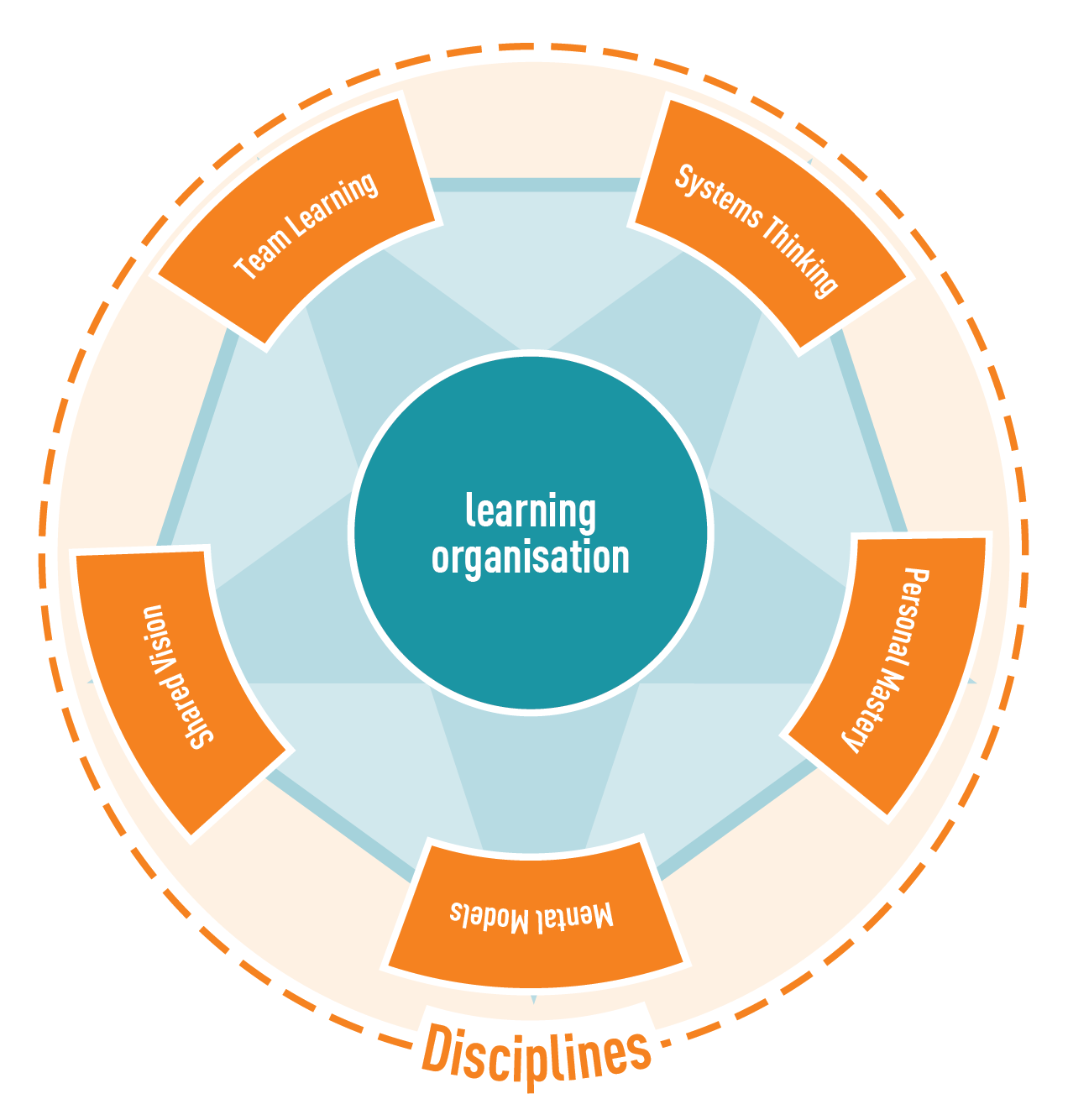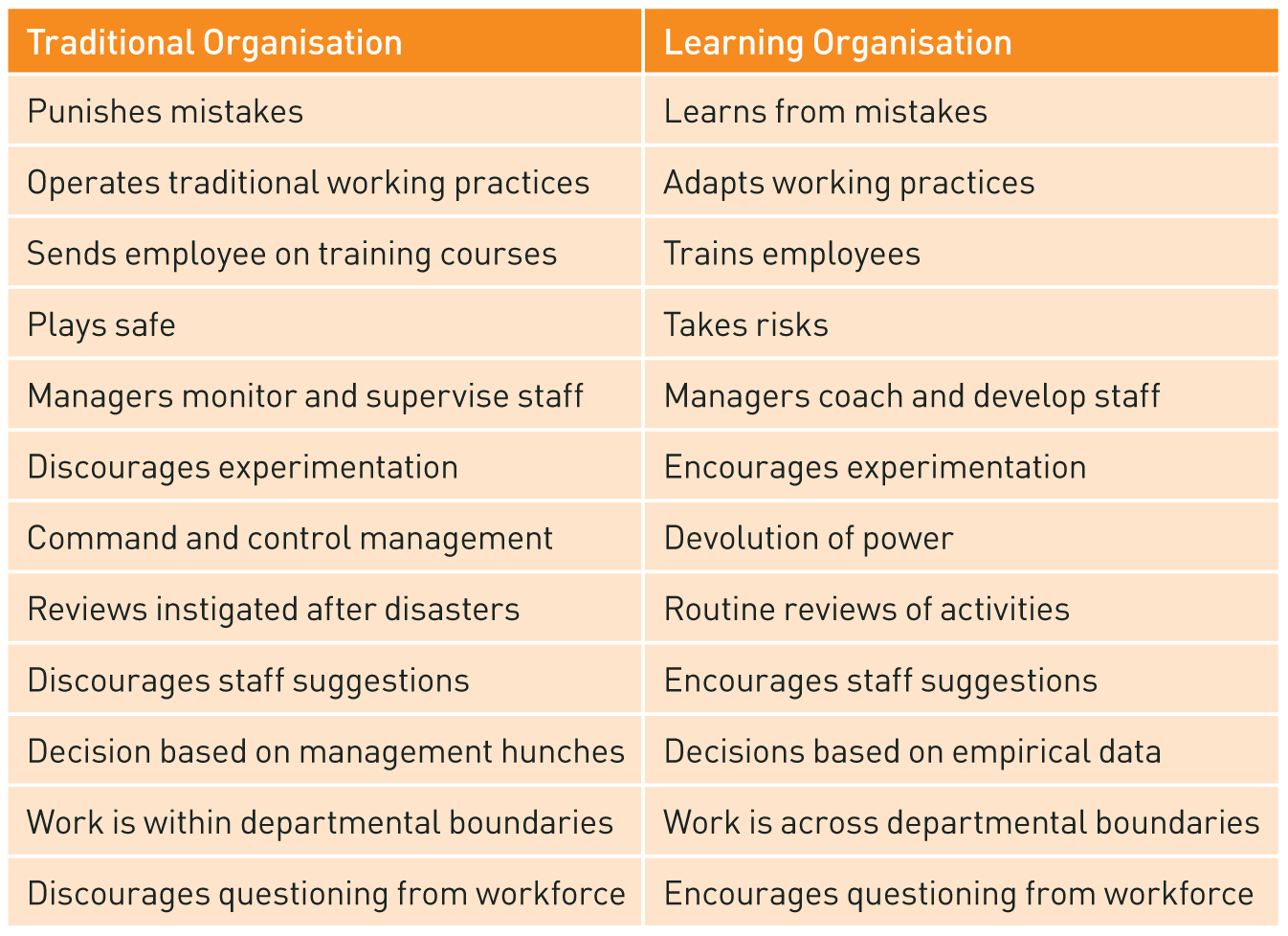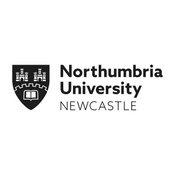Collaborative learning: achieving organisational agility at Northumbria University London campus
Northumbria University has a long track record of collaborative venture provision with HEI partners nationally and globally, this includes franchise and validated awards.
However, recognising a rapidly changing HE landscape characterised by the emergence of new private sector providers, shifting student expectations of learning and teaching, increased focus upon skills development and the need for more flexible modes of delivery, the University formed a joint venture partnership with QA Higher Education in 2012 to operate its London Campus.
Vision:
From the outset both Northumbria University and QA Higher Education recognised the need for agility through partnership and collaboration as a driver of long-term success. The vision of the campus was to develop innovative research rich undergraduate, postgraduate and corporate programmes designed specifically to meet the needs of London bound learners, one of the most competitive and innovative learner destinations globally. These programmes would embed work based and work related learning practices with integrated professional skills development. Programmes would be offered in a range of blended modes including block mode and weekend delivery.
Both institutions have well-established organisational cultures and whilst had a shared desire to deliver high-quality student experience, recognised the need for significant investment in institutional leadership, management capacity, governance, relationship building and cultural development in order to ensure excellence in contemporary learning and teaching.
A subsequent cultural development journey began which involved stakeholders from both organisations at all levels and all disciplines.
Recognising the need for agility, a cultural development programme emerged which was shaped to address the following:
- A recognition that strategic decisions need to be co-created and not characterised by paternalism.
- A process of continual review capturing a wide range of data to recognise the rapid changes in the higher education landscape.
- The need to progressively morph ways of working in light of increased and increasing competition, emerging student and sector expectations, and a subsequent need for continual innovation in curriculum and ways of working.
- The need to create a culture which takes advantage of change rather than fears change.
In working to create a culture which embedded such agility, the Senior Management Team favoured a series of operating principles which embraced the benefits of co-creation and learning from organisational stakeholders.
A basic assumption of this culture was:
- Learning can come from organisational stakeholders.
- Effective ways of working should be informed by a wide group of people.
- Emerging strategy should be developed in such a way which remains fluid and flexible with opportunity for regular review and easy updating.
- Our resource and strategy should be fluid and planning more short-term than traditional in HE sector.
- The strategy making process should be less linear than traditional in the HE sector.
- A policy of quick, decisive, informed and timely decision-making and subsequent strategising will enable competitive edge.
- Success is linked to having a informed and collegiate team who demonstrate dynamic capability, resilience, and openness for change and strategic agility.
Indeed, we realise the success of creating such an agile culture was very much aligned to the team we developed, ensuring there cultural fit and associated competence to engage in such an embedded strategising environment.
Specifically we sought individuals who demonstrated the following traits:
- Student focus
- Responsiveness to change
- Flexibility
- Pace
- Aptitude for continual earning and a positive attitude to self-development
- Academic and commercial mindset
- Real-world experience
- Team dynamism
- A background of uncertainty
- Problem-solving capabilities
- Up-to-date knowledge of technology and IT acumen
- Embraces empowerment
- Understands the context we operate
- Values driven
- Business driven
Recognizing the need for the development of such a collegiate culture which embraces strategy development as a fluid process, the concept of the Learning Organisation was adopted as a driver of agility.
Tjepkma (2002, p10) specifically states a Learning Organisation is one that:
- Responds to and anticipates changes in its environment by learning on a strategic level, it deliberately aims at improving its ability for learning.
- In order to learn at strategic level, makes use of the learning of employees, therefore employee learning is enhanced at all hierarchical levels.
Rossiter (1997, p67) further suggest a learning organization is;
an organisation where its entire people, at all levels, continually seek knowledge, work and learn together for continuous improvement, and a shared desire for excellence
There are many different learning organisation models a partnership could use to shape its practice ranging from Pedlar’s (1991) Learning Company to the later work of Marquardt (1996) and Garvin (2000).
However, two of the most widely cited and adopted are Peter Senge’s (1994) Five Discipline Model and Peter Lassey’s (1998) Characteristics of a Learning Organisation. Based on their simplicity (Fry and Griswold, 2003) Senge and Lasseys models were adopted as a guide for the development of the satellite campus of which this case study in based.

Peter Senge (1994) The Five Discipline Model
Senge first developed his learning organisation model in an article for the Sloan Management Review in 1990, however, greater discussion of the skills, tools and roles of those aspiring to create a learning organisation are outlined in his 1994 ‘five disciplines’ model. The five disciplines on which Senge’s (1994) learning organisation model is based are:
- Systems thinking
- Personal mastery
- Mental models
- Shared vision
- Team learning
Building on the work of Senge, one of the most commonly adopted models of the Learning Organisation is that of Lassey (1998). As shown on Table 1, this model incorporates ideas discussed by Senge, specifically highlighting the features and attitudes that underpin learning organizations.

Table 1 Peter Lassey’s (1998) Characteristics of a Learning Organisation
Conclusion:
Being open to new ideas, using the knowledge of colleagues and wider stakeholders, welcoming different perspectives and embedding learning as a core philosophy of the organisation is core to creating agility. You can’t enforce an agile culture and mindset. It is something that needs space, time and nurture to allow the team to learn and strengthen new muscles and skills. Creating a safe space for the team and organisation to take risks, try new ideas and learn from mistakes is vital for a learning organization and agile culture to develop.
The biggest challenge is …. to ensure the team are onboard and organisational transparency occurs with clear communication and focus. This needs commitment from all levels of the organisation, a clear vision and a continued ambition to change, grow and stand out from the crowd.
Creating a safe space for the team and organisation to take risks, try new ideas and learn from mistakes is vital - Dr Guy Brown, London Campus Director

